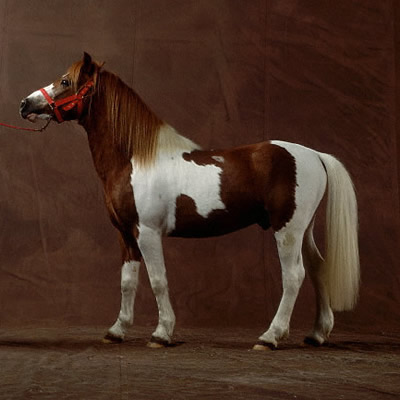Pottok | Facts & Information
# Pottok | Facts & Information
Pottok | Discover Fascinating Facts and Information About Pottok
Today, a large number of ponies of this breed live in a semi-white state, which can be found in the Pyrenees region. Its morphology allows it to live at altitude, in a harsh climate.
Origin: Basque Countries
Height: 130cm
Weight: 300-350kg
Colors: black and brown
Used for: hauling and agricultural work
Read More on Pottok

Pottok
The Pottok is a breed of horse that originated in the Pyrenees Mountains in France and Spain. These horses are also known as "Pottok ponies" and are considered to be one of the oldest horse breeds in Europe. With a long history and remarkable adaptability to harsh conditions in mountainous areas, these horses have captured the hearts of many people, both for their beauty and their gentle and wise nature.The Pottok is a small horse, with an average height between 1.10 and 1.30 meters. They have a compact and robust conformation, with thick skin and coarse hair. Their color can vary from black or dark brown to light chestnut or gray. There are two main types of Pottok: Mendebale Pottok and Garbiketak Pottok. Mendebale Pottok is smaller and more robust, adapted for heavy traction in mountain conditions. Garbiketak Pottok is agile and supple, adapted for milking sheep on steep slopes. This diversity has led to the development of several bloodlines of this horse breed.
What makes the Pottok species special is the fact that it has survived in the wild to a great extent, making it highly adaptable and resistant to the harsh conditions of the surrounding environment. These horses are known for their endurance and strength, which allows them to cope well in rugged terrain and endure difficult weather conditions. Their physical abilities and character have made them ideal partners for the inhospitable mountains of the Pyrenees.
As working animals, Pottoks have a very mild temperament and are easy to handle. They are known for their loyalty and wisdom, proving invaluable in situations where they have to cope without human assistance. These traits make them ideal partners for ecotourism and recreational riding in mountain areas.
Pottoks have also played a significant role in Basque culture, from which they originate. In their past, these horses were used for transporting goods on mountain trails, and people considered them a symbol of their cultural and national identity. Unfortunately, in recent decades, threats such as increasing urbanization and unwanted crossbreeding with other horse breeds have reduced the number of wild Pottoks to alarming levels. The conservation and protection of this horse breed become increasingly important to preserve their genetic and cultural heritage.
Thanks to the efforts of various conservation organizations, there are now several programs to reintroduce Pottoks into their natural habitat and promote their use for sustainable equestrian tourism and educational purposes. These efforts will ensure that this unique breed does not disappear into oblivion.
Pottoks are one of the most remarkable horse breeds in Europe, with a rich history and remarkable adaptability. Their beauty and gentle nature make them beloved pets and trustworthy partners for horse lovers around the world. However, it is imperative to continue their protection and conservation to ensure that these wonderful horses stay alive and admired in the future.
890
Animals
36
Species
8
Languages
32
Facts
Origin
This breed of pony can boast the reputation of being the mascot of a rugby team. Pottoka, is called the mascot of the rugby team "Aviron bayonnais", the triple champion of France in the interwar period.
He also inspired the artistic world. "The free gallop of the pottok ponies" is a children's novel written by R. P. Pouyanne, which recounts the encounter between a young boy from the Basque Country, Pampili, and a pony named Poita.
Another children's novel "Eki, the wild stallion" written by Claude Lux, has as its theme the meeting between a little girl and a black pony pottok.
Appearance Pottok
Present for centuries in the Basque countries, it has a morphology close to that of the prewalsky horses, with a robe predominantly black, bruised but also reddish.
The horse has a straight profile, medium-sized ears, a slightly concave forehead and a vivid and intelligent look. The nostrils are wide, and the upper lip hangs slightly. The purebred pottok has a robe mainly black, but also reddish or eggplant.
Pottok Behavior
With a waist between 1.15-1.47 m, this horse has been used for centuries by the inhabitants of the Basque Country for agricultural work or to carat ore from mines.
It is hardy and rustic, with a docile but energetic and generous temperament.
#Photo Gallery of Pottok
More Pottok images!
Uncover fascinating facts about Pottok - from its behavior to habitat and diet. Explore our comprehensive guide to learn more!
Pottok | Facts & InformationPottok | Discover Fascinating Facts and Information About Pottok
